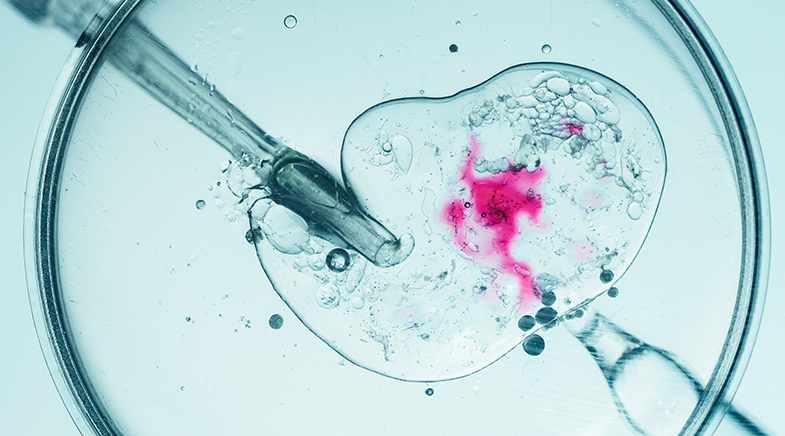Shape-shifting sensors
-
- from Shaastra :: vol 02 issue 06 :: Nov - Dec 2023

American researchers have created tiny flying robots that can monitor environmental factors.
Taking a cue from how seeds and leaves disperse through the air, a group of researchers has designed miniature flying robots that can change shape mid-air and are battery-free. Aptly named microfliers, a swarm of these robots could easily remind you of elm and maple leaves falling through the air. But unlike the fall leaves at the end of their life cycle, the microfliers can traverse several metres through the air and collect a variety of environmental data useful for climate studies and monitoring of agricultural farms.
The microflier is made of Kapton, a lightweight polyimide film commonly used in flexible printed circuit boards. The electronic components are placed atop the flexible printed circuit board. Each microflier weighs about 400 mg — lightweight enough for a small commercial drone to easily carry and deploy several of them in one go. In a light breeze, they can travel nearly 100m and can transmit data via Bluetooth for up to 60m. Additionally, they are completely solar-powered and do not require batteries to function. The work was published in Science Robotics (bit.ly/microfliers).
What sets apart the microfliers from other microrobots is their ability to change shape from a folded to an unfolded state. Taking inspiration from the Japanese art of origami, the researchers came up with a design where a simple fold led to a change in the shape and consequently the falling behaviour of the microflier.
"In its unfolded flat state, it tumbles chaotically like an elm leaf while in its folded state it has a stable descent like a maple leaf," says Kyle Johnson, a PhD candidate at the University of Washington and first author of the study. In its flat state, the airflow above the flier shifts from side to side, causing it to tip over and tumble. Conversely, in the folded, more aerodynamic configuration, the airflow remains stable and centrally aligned, enabling the microflier to descend down a straight path.
What sets the microfliers apart is their ability to change shape from a folded to an unfolded state.
This creates the perfect opportunity for researchers to conduct experiments where microfliers could be dropped from drones and they start tumbling outwards in the direction of the wind. After reaching the desired height or after a pre-determined time, they can be triggered to change shape and fall down.
An electromagnetic actuator built in the microflier facilitates the transition from an unfolded to a folded state, and a carbon fibre root structure attached on the lower side provides rigidity as it falls down. "Deploying multiple fliers at a time allows us to automatically disperse a network of sensors in the air," says Johnson. They can be used to monitor how temperature, light, humidity and other environmental factors vary.
Have a
story idea?
Tell us.
Do you have a recent research paper or an idea for a science/technology-themed article that you'd like to tell us about?
GET IN TOUCH














